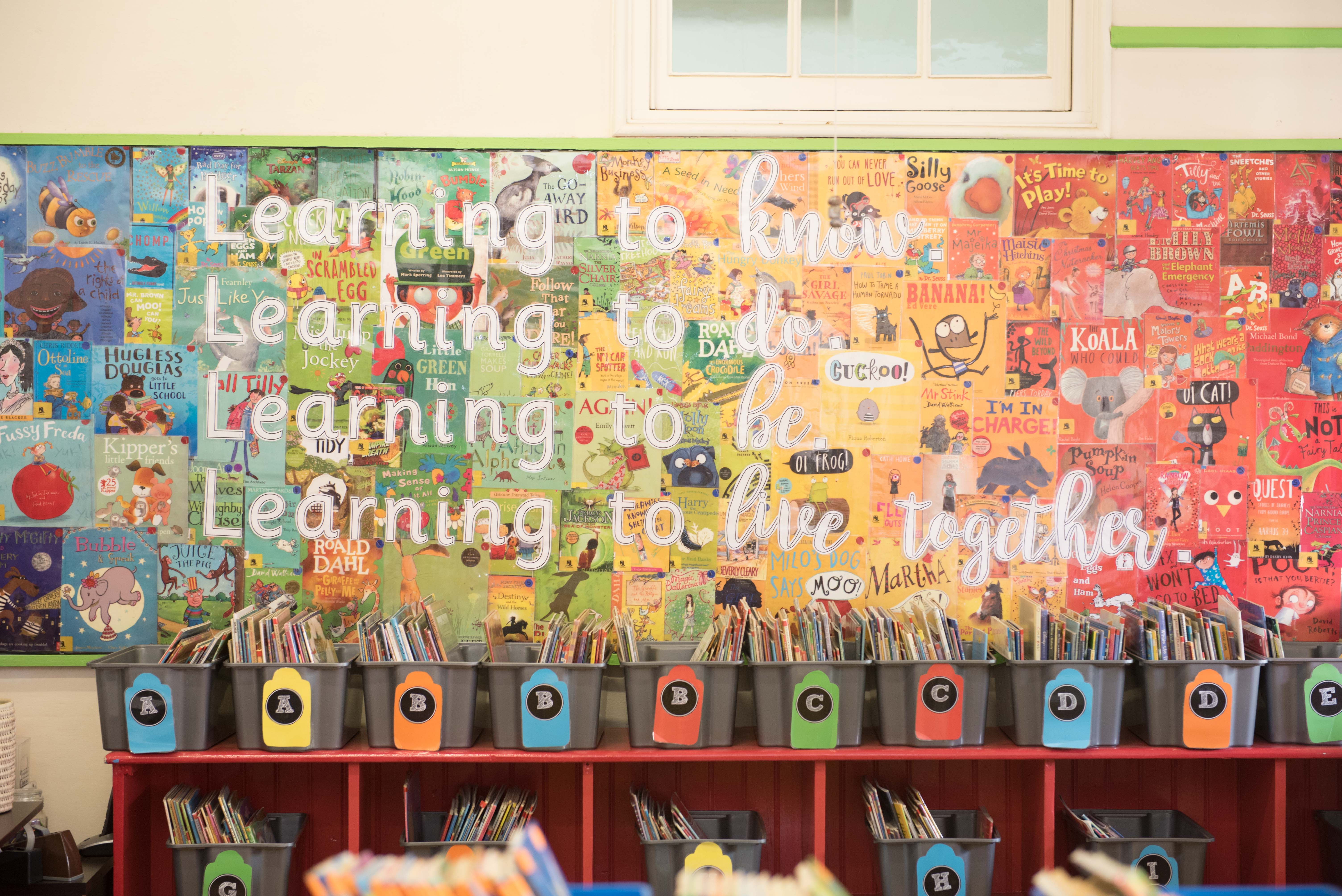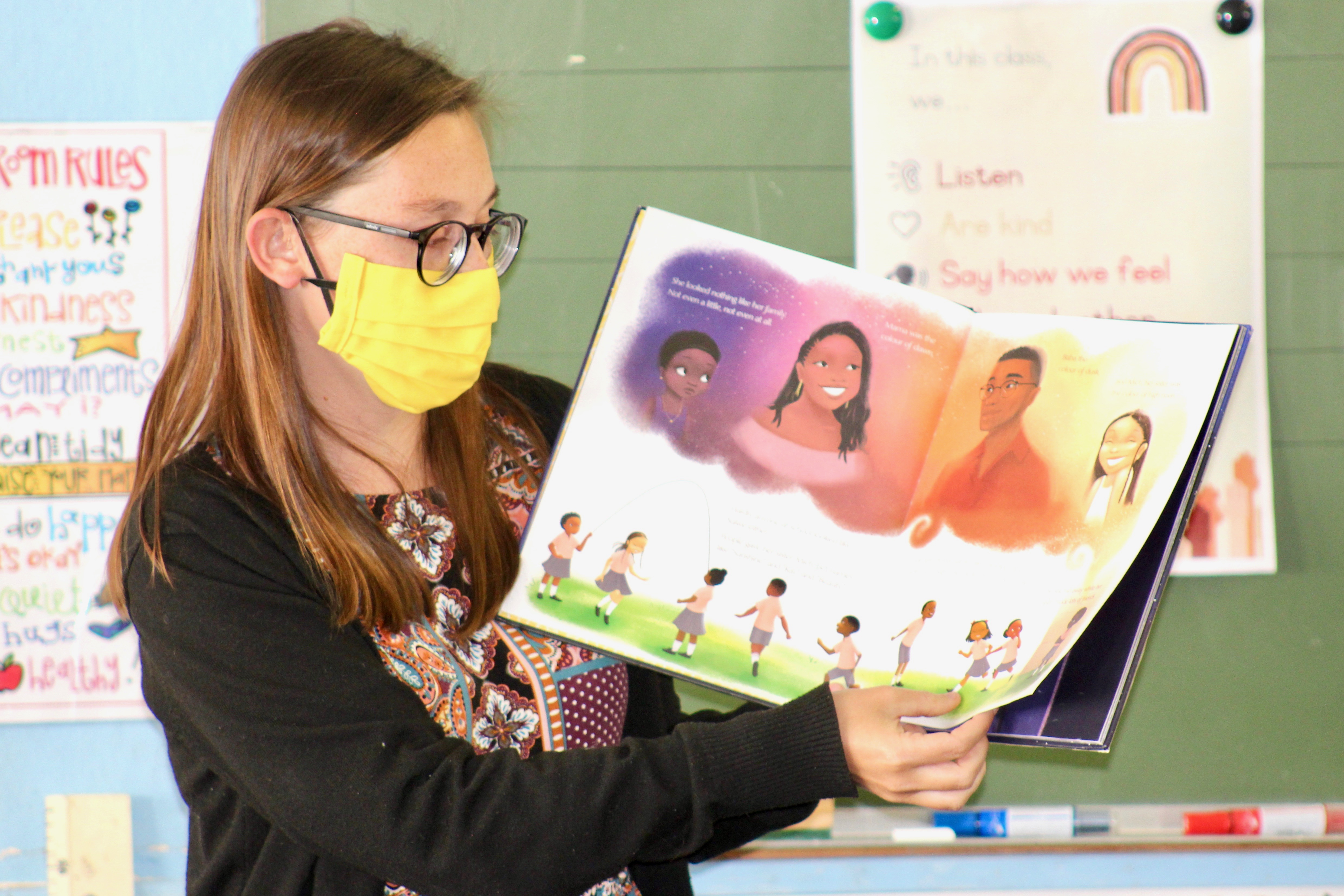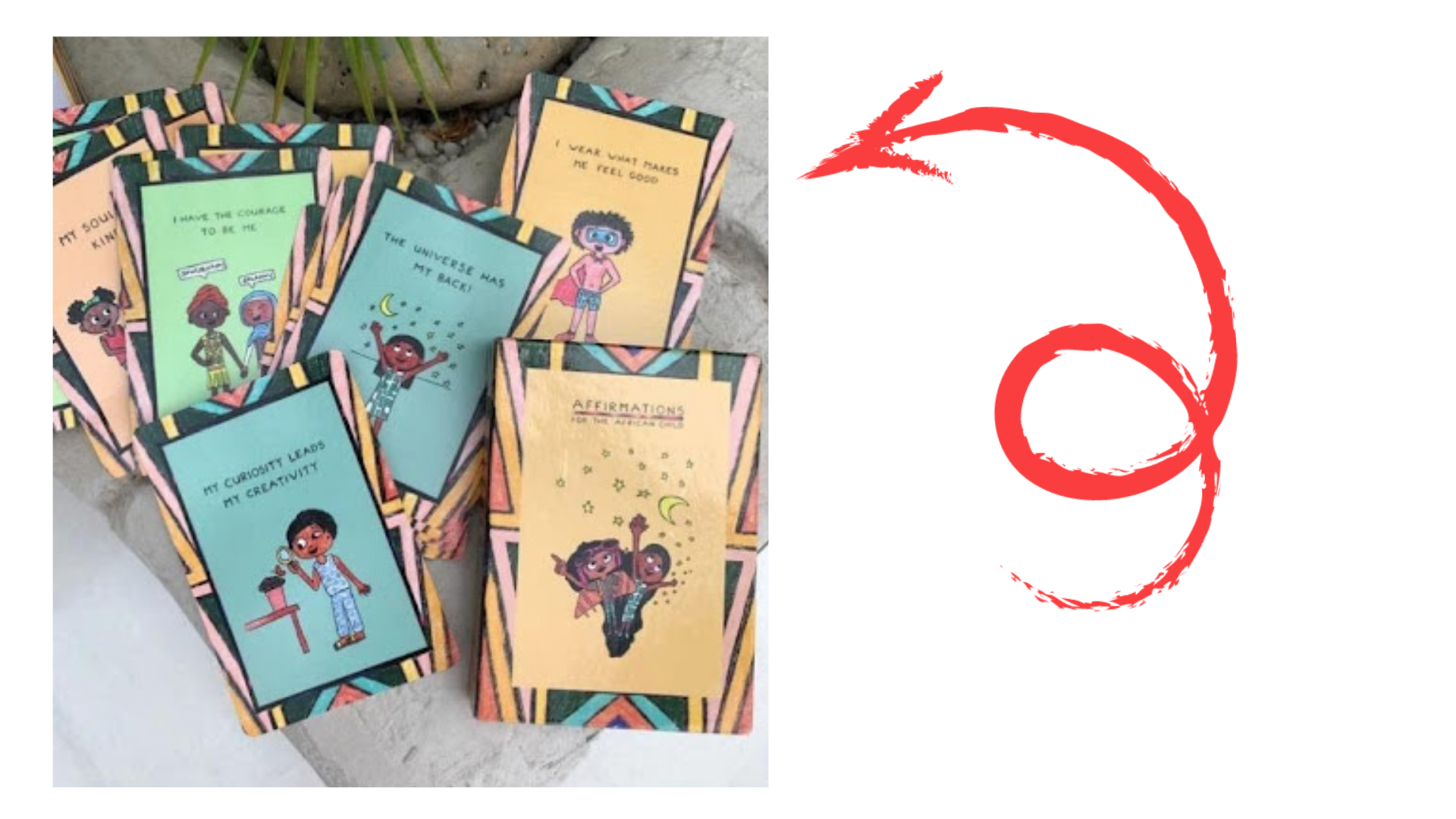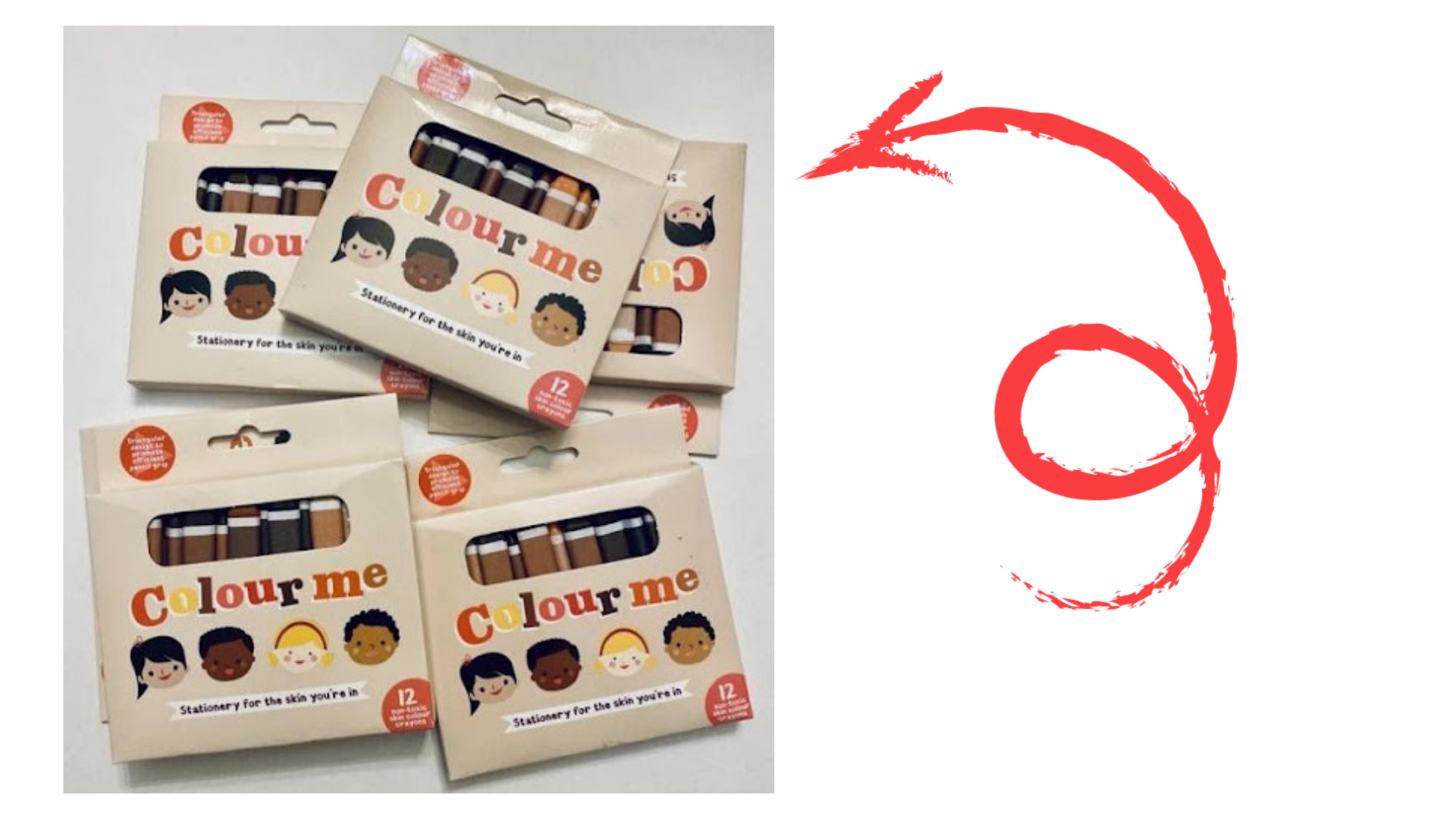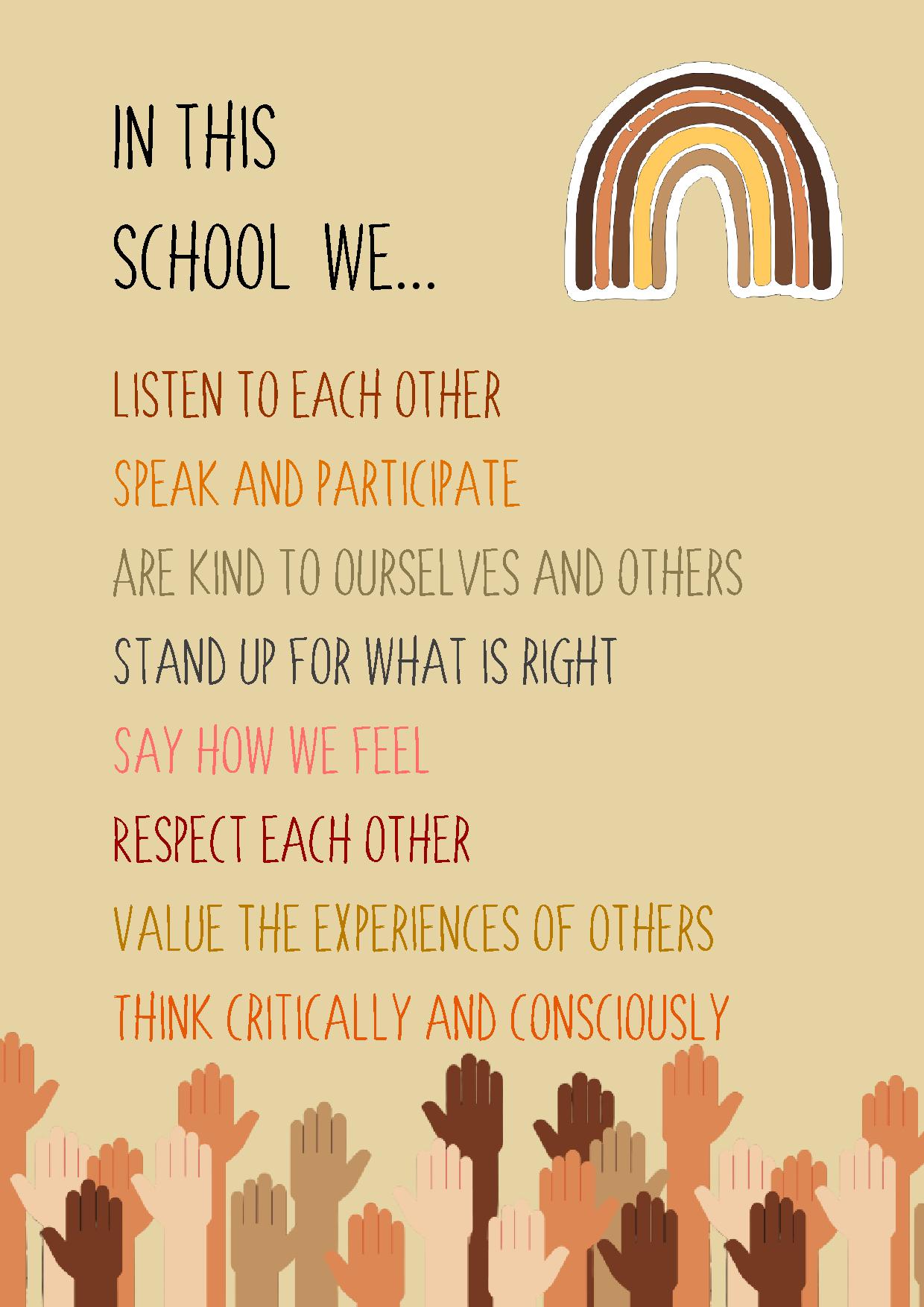“Education either functions as an instrument which is used to facilitate the integration of the younger generation into the logic of the present system and bring about conformity or it becomes a practice of freedom, the means by which men and women deal critically and creatively with reality and discover how to participate in the transformation of their world”- Paulo Freire, Pedagogy of the Oppressed.
I am passionate that our schools become an instrument that allows our learners to practice true freedom. One of the ways in which we are doing things differently at St John's D.S.G. is in our Junior School Library. We have changed our library lessons completely: from what was known as book education, to social justice conversations. The topics we discuss are centred around our social identities of race, gender, ability, nationality, language, and so on.



